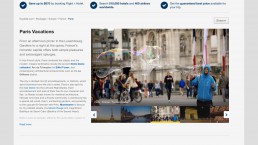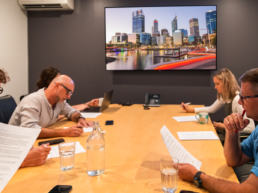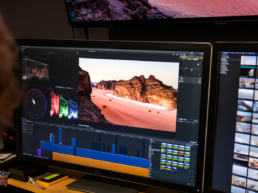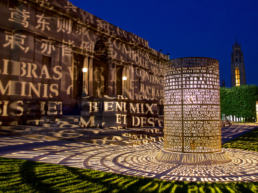We were honoured to hear recently that our digital content strategy and management system was used as a successful case study in a Washington University postgraduate program.
The course is part of a program called Communication Leadership. It was created by Joni Vanderburg-Paner, who, before she took up the post at Washington Uni, was in charge of the content strategy team for Expedia.
To illustrate how content strategy can and should work for her course, Multi-Platform Content Strategy, she turned to her experiences putting together Expedia’s content strategy with Tourism Media.
“A good content strategy basically means figuring out what content you need, where you are going to get it and how you are going to ensure it remains of high quality,” she says.
The first step was to conduct a competitor analysis and Tourism Media were up against the big hitters in the travel industry.
“Matt and Nick came out ahead as they had a content management system already in place. In addition, they were offering original content that Expedia could own. The other competitors couldn’t offer that. We also had a lot of faith in the team and that made the decision easier.”
Once Tourism Media were selected, the next step was to test how it could work.
“We set up a carefully controlled pilot study, using analytics to check we were on the right track,” Joni says. “And, as I explained to my students, testing is a vital step in getting it right. A lot of companies were still figuring out how to make it all work but Tourism Media understood how important consistently high quality was.”
According to Joni, the results of the pilot exceeded expectations, so they went ahead and developed the systems that have made Expedia’s content strategy such a success today.
One of the major elements the team had to manage was developing a workflow that allowed for localisation; converting original content in English into up to 26 other languages.
The system the team designed allows content to come into TM’s content management system (known affectionately as Gearbox). It then goes out to a file that gets fed to Expedia’s localisation teams which are based in London. Once the translations are done, the file goes back to Gearbox and is published into its appropriate regions.







